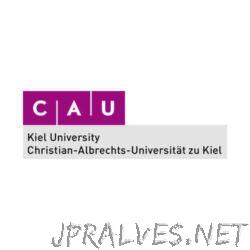Other

“Using electron microscopy to create ultrafast movies of nano-processes. A slow-motion movie on sports television channels shows processes in hundredths of a second. By contrast, processes on the nanoscale take place in the so-called femtosecond range: For example, an electron …

“International research team led by Kiel develops a new method for the generation of controllable electrical explosions. Theoretically, it only takes less than 450 grams of this material to lift an elephant: “Aerographene” owes this ability to its unique structure …

“Kiel physics team observed extremely fast electronic changes in real time in a special material class In physics, they are currently the subject of intensive research; in electronics, they could enable completely new functions. So-called topological materials are characterised by …
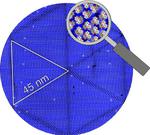
“Researchers from Kiel control the size of molecular superstructures on surfaces Most technical functional units are built bit by bit according to a well-designed construction plan. The components are sequentially put in place by humans or machines. Life, however, is …
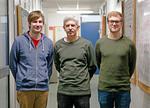
“Physicists from Kiel University have developed an extremely fast simulation technique to predict the time evolution of interacting electrons How an electron behaves in an atom, or how it moves in a solid, can be predicted precisely with the equations …

“Spintronics or spin electronics in contrast to conventional electronics uses the spin of electrons for sensing, information storage, transport, and processing. Potential advantages are nonvolatility, increased data processing speed, decreased electric power consumption, and higher integration densities compared to conventional …
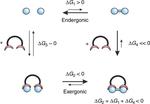
“Chemists at Kiel University built the first artificial molecular machines that perform synthesis Chemists usually synthesize molecules using stochastic bond-forming collisions of the reactant molecules in solution. Nature follows a different strategy in biochemical synthesis. The majority of biochemical reactions …
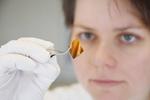
“A research team of material scientists present an innovative, sustainable energy storage concept at Hannover Messe Longer lifetimes, larger ranges and faster recharging - developments such as electric mobility or the miniaturisation of electronics place new requirements on rechargeable batteries. With …

“Kiel layered crystals are used worldwide as a basis for exploring the nano-cosmos The properties of materials are determined by their atomic structure. If atoms and electrons change their positions, then the characteristics of a material also change. The complex …

“Carbon nanotubes are extremely lightweight, electrically highly conductive, and more stable than steel. Due to their unique properties, they are ideal for numerous applications, including ultra-lightweight batteries, high-performance plastics and medical implants. However, to date, it has been difficult for …
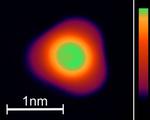
“Kiel researchers discover switching function in molecular wire The increasing miniaturisation in electronics will result in components which consist of only a few molecules, or even just one molecule. Tiny wires are required to connect these to an electrical circuit …

“Scientists from Kiel University and the Ruhr Universität Bochum (RUB) have developed a new way to store information that uses ions to save data and electrons to read data. This could enable the size of storage cells to be reduced …

